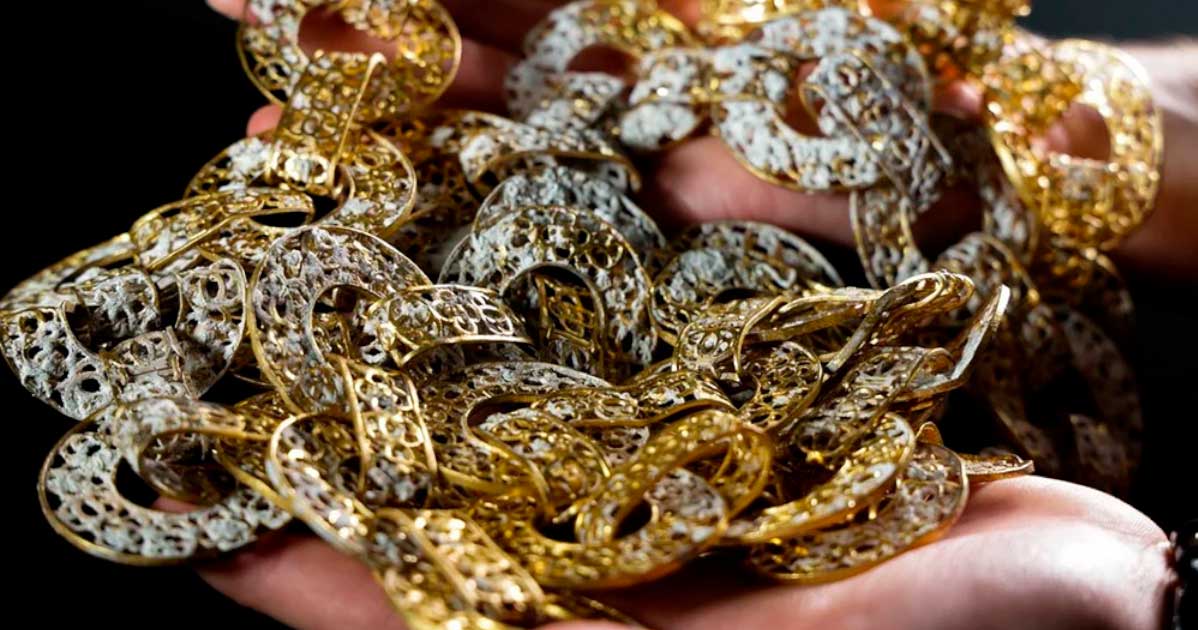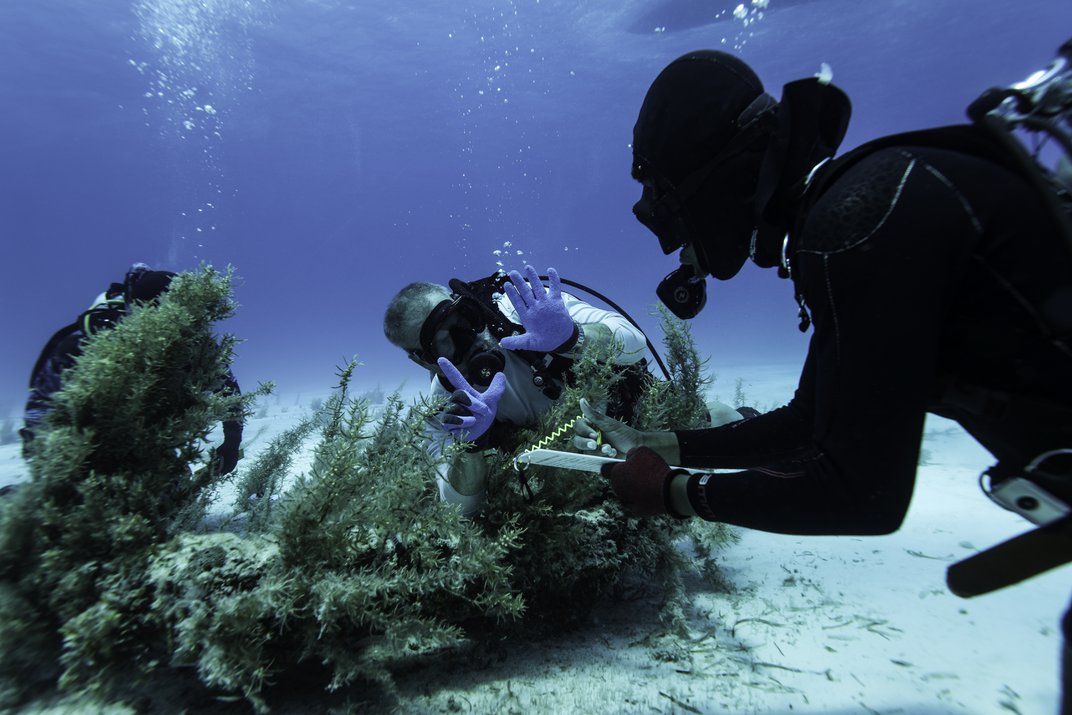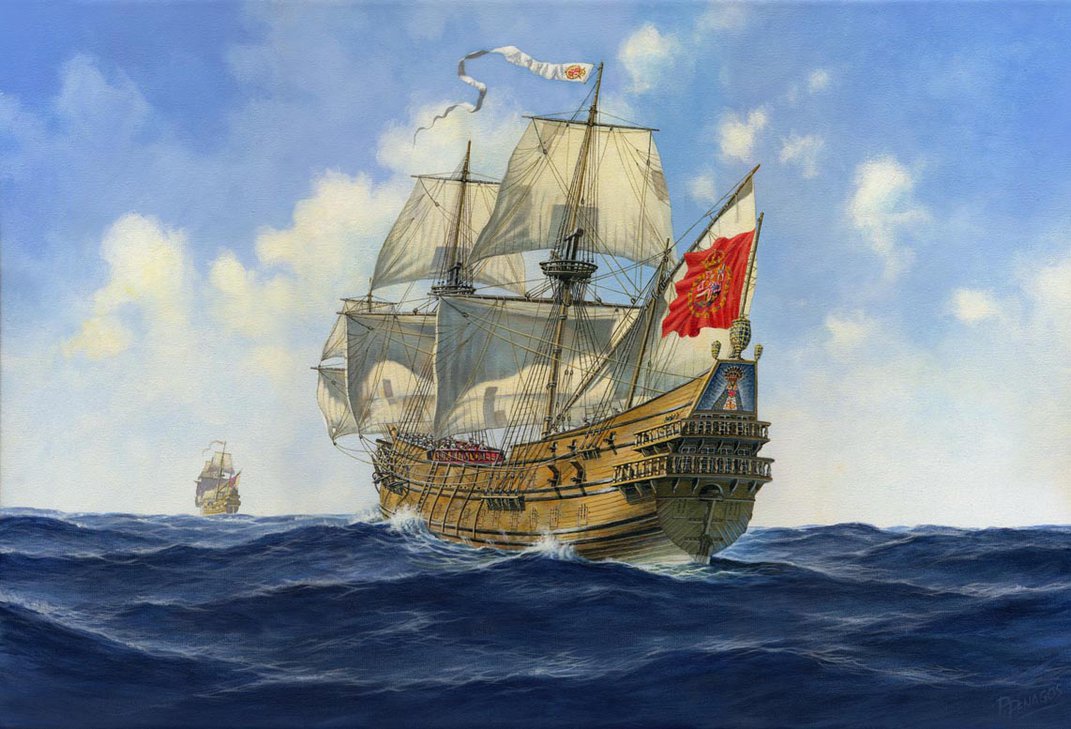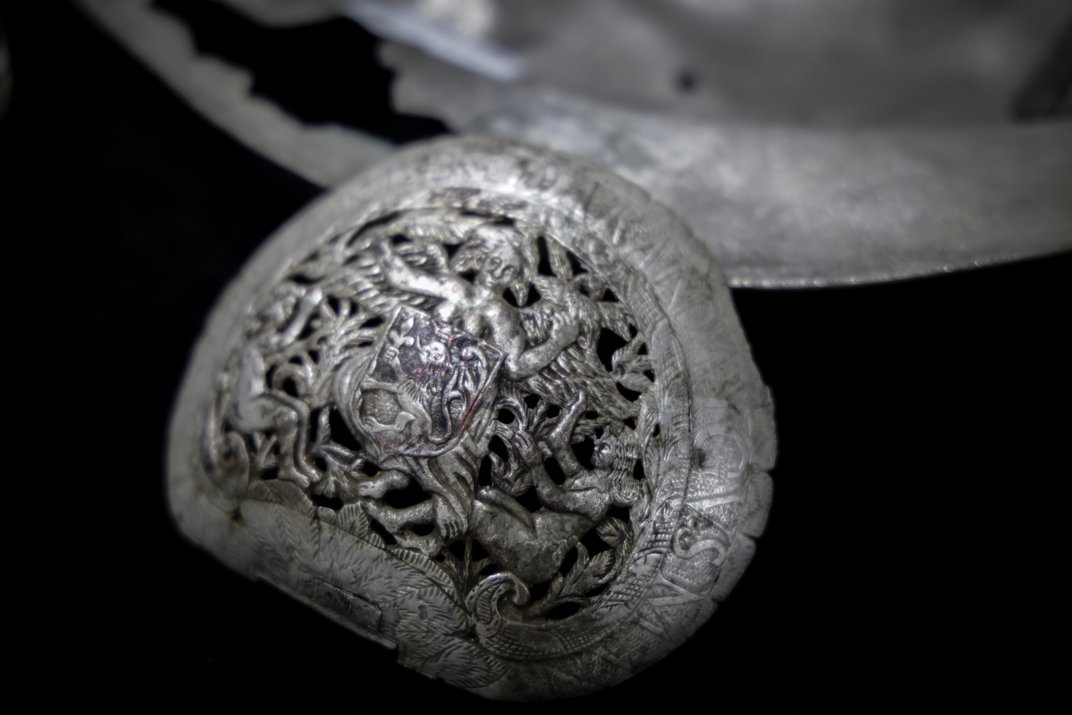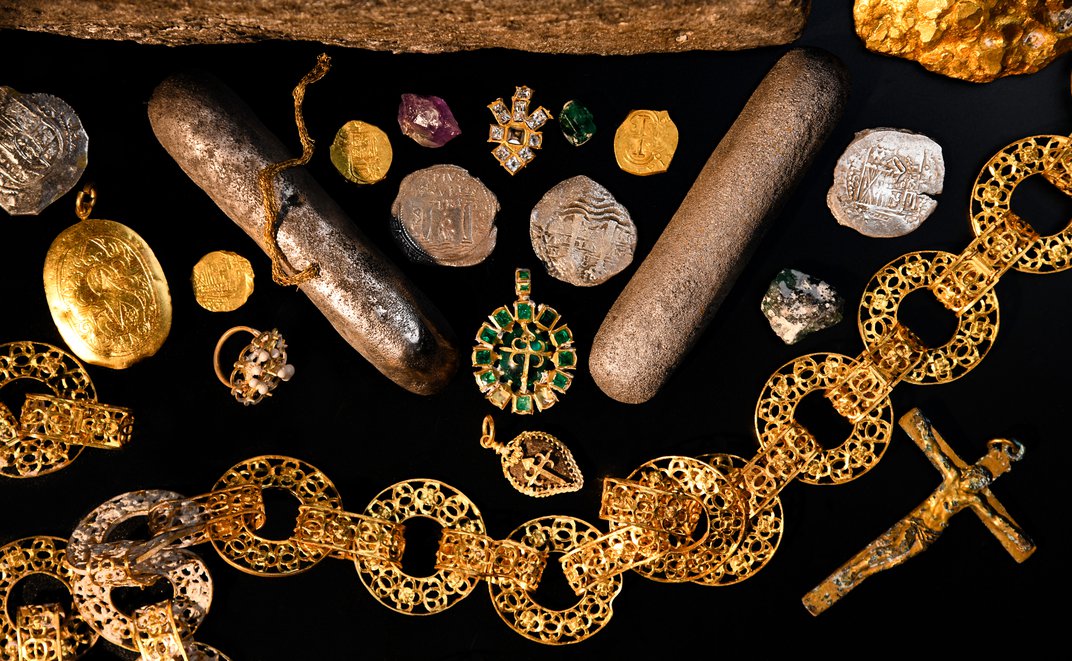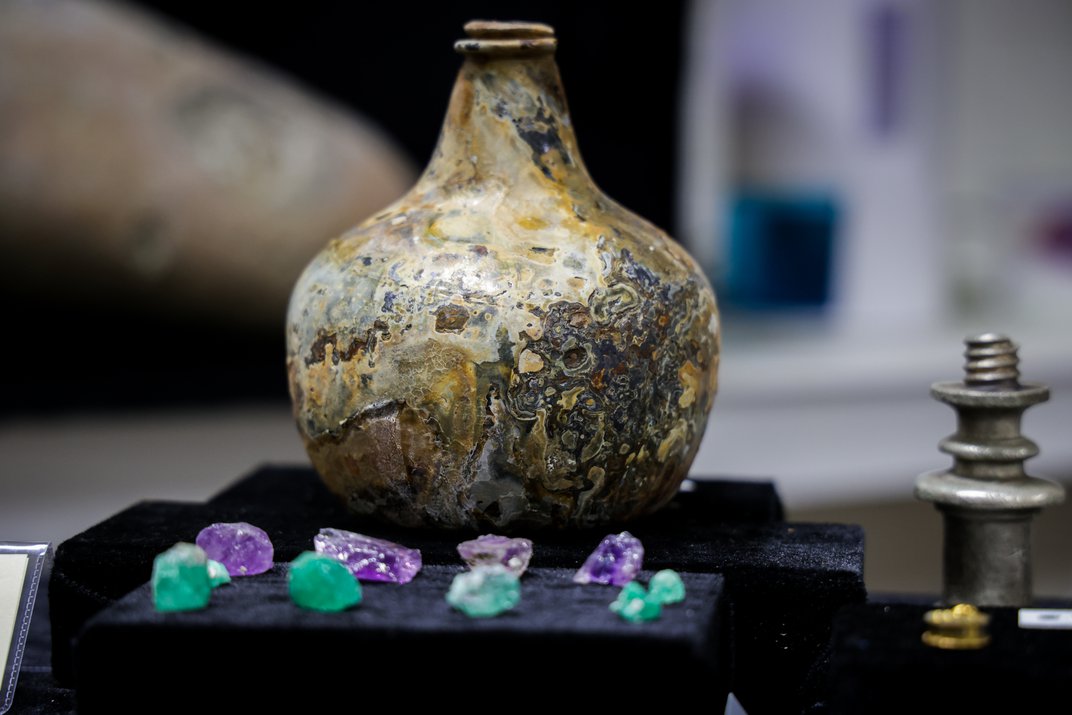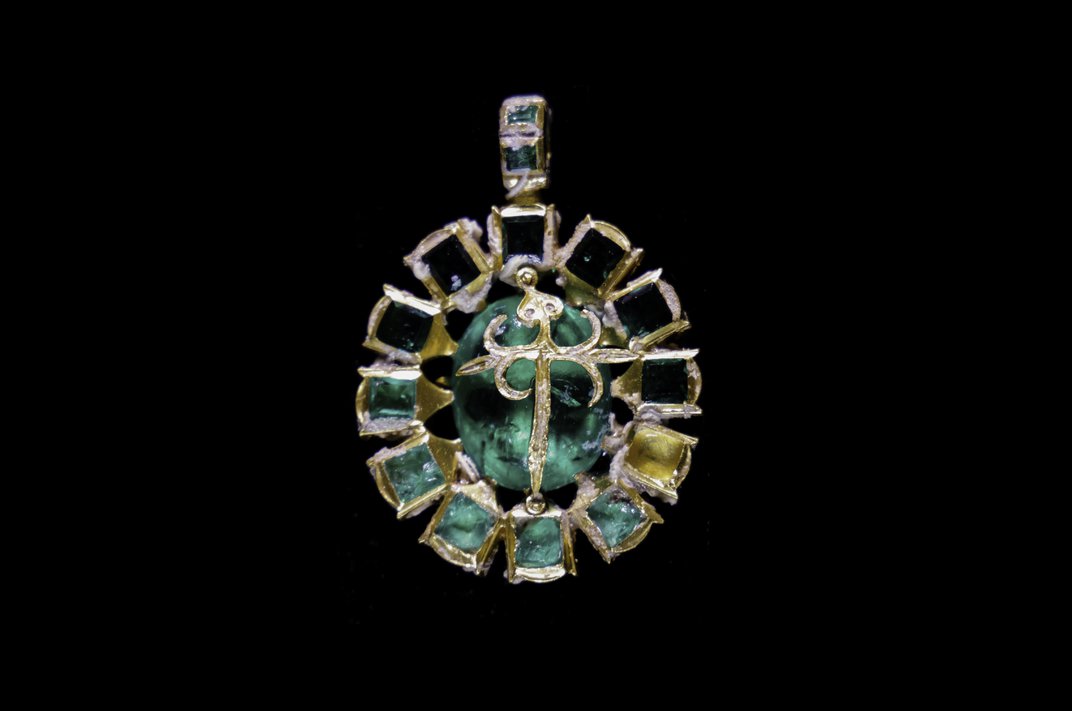The Wonder: Unveiling the Lost Treasures of a 17th Century Shipwreck

“The Nuestra Señora de las Maravillas” (Our Lady of Wonders) was a 891-ton, two-deck Spanish galleon armed with 36 bronze cannons. As part of the 17th-century Spanish Tierra Firme fleet, “The Wonder” set sail from Havana, Cuba, on January 4th, 1656 AD, bound for Spain. Tragically, chaos ensued when the ship collided with its flagship a mere half an hour after leaving Cuba, causing it to rapidly sink.
Although many of the ship’s 650 crew members managed to hold onto floating debris and survive the initial ordeal, only 46 souls made it through the night as they faced a frenzy of sharks. Over time, the lost treasures of the ill-fated “Wonder” ship were recovered from the depths of these shark-infested waters. Now, they are set to be exhibited to the public in a new museum in the Bahamas.
When it comes to exploring the Bahamas, Carl Allen, founder and CEO of Allen Exploration, is the go-to person. Equipped with advanced technology, including remote-controlled robots for diving into the sea’s depths and tech-loaded drones for aerial surveillance, Allen has the means to study ocean algae, atmospheric samples, and capture high-resolution imagery of sunken wrecks.
In 2019, the Bahamian government granted Allen Exploration permission to explore the shipwreck site spanning an area of 13 kilometers (8 miles). Utilizing a complex network of 8,800 underwater metal detectors, known as magnetometers, Allen discovered numerous disturbances in the Earth’s magnetic field. Each disturbance represented a different part of the fated ship, including pig iron ballast, rigging, and sections of the hull. Additionally, small metal items such as iron hull fasteners and a hoard of treasure intended for the Spanish elite were charted and visualized.
Historical records indicate that “The Wonder” sank in January 1656 AD and by July 1658 AD, the wreck was nearly buried in sand. However, through Allen’s recent treasure recovery operations, previously untouched treasures from the Wonder ship were revealed. Among the findings were three thick gold chains adorned with precious stones, heaps of gold coins, and four golden pendants once worn by members of the sacred Order of Santiago, a ruthless organization of monastic warriors ingrained in 17th-century Spanish shipping and maritime trade.
Notably, an aqua-green, oval Muzo-Colombian emerald overlaid with a gold pendant featuring a St. James’ cross was discovered underwater. Encrusted with 12 smaller square-cut emeralds along its outer edge, it is believed to symbolize the 12 apostles surrounding the central emerald, representing Jesus. Among the everyday items found amidst the treasure was a silver sword handle that once belonged to Don Martin de Aranda y Gusman, along with olive jars and Chinese porcelain.
Allen revealed that some of the items recovered were actually contraband, “illegally greasing the palms of Spanish merchants and officials.” The historical and financial value of these treasures is so immense that they will be displayed starting August 8th, 2022, in the purpose-built
Hits: 0
